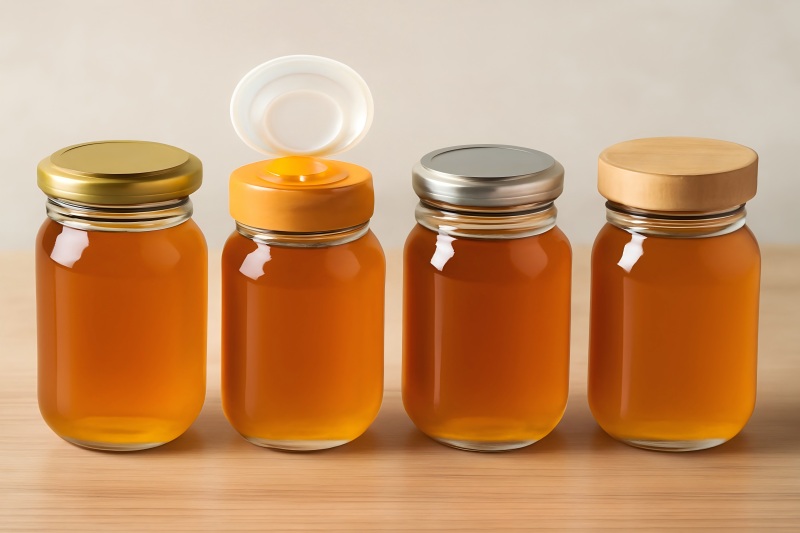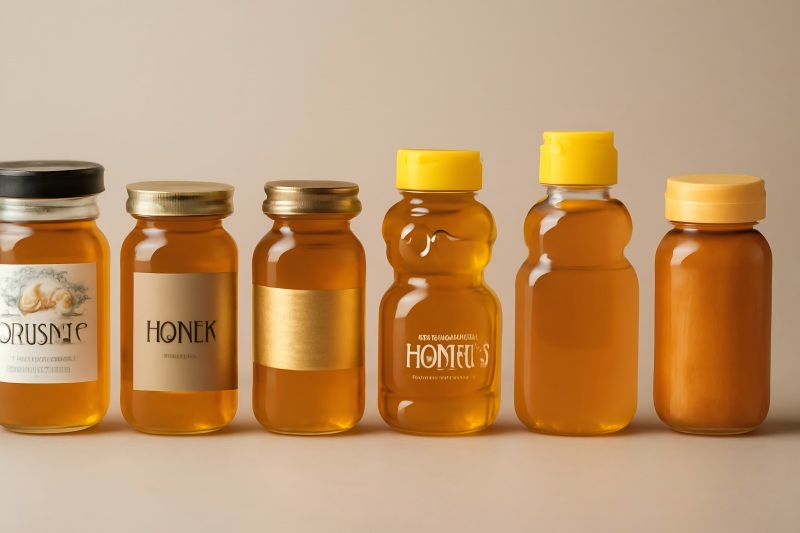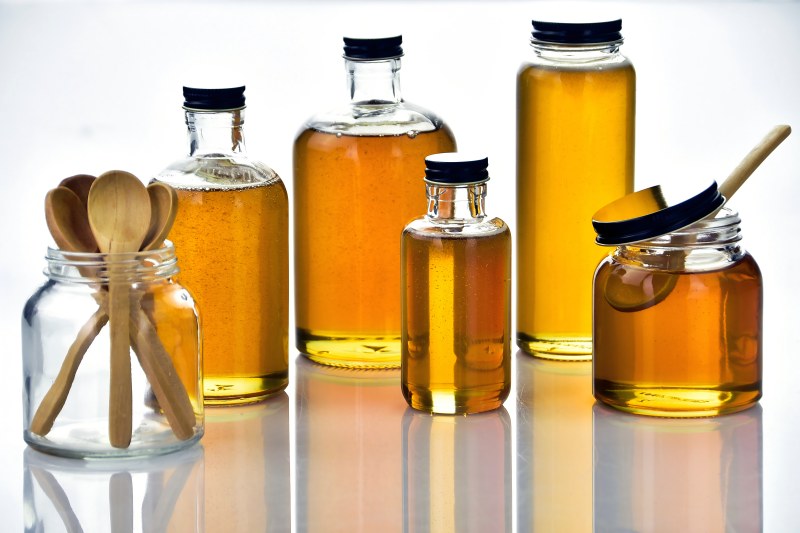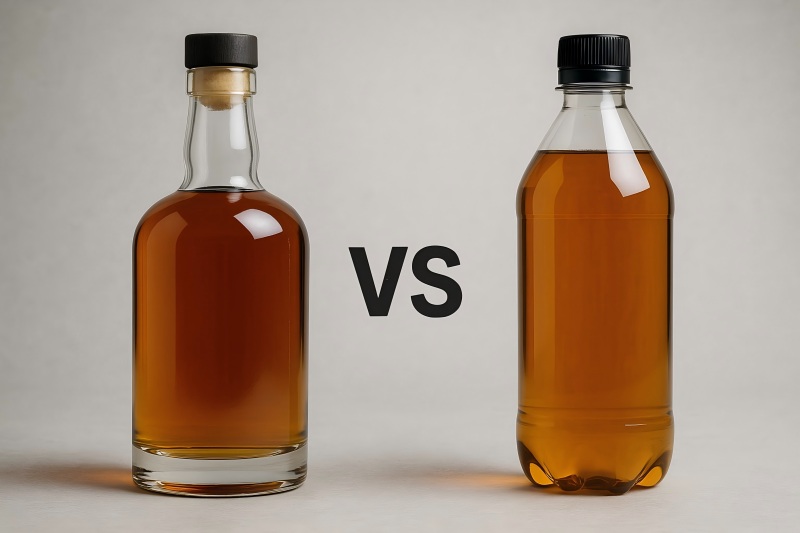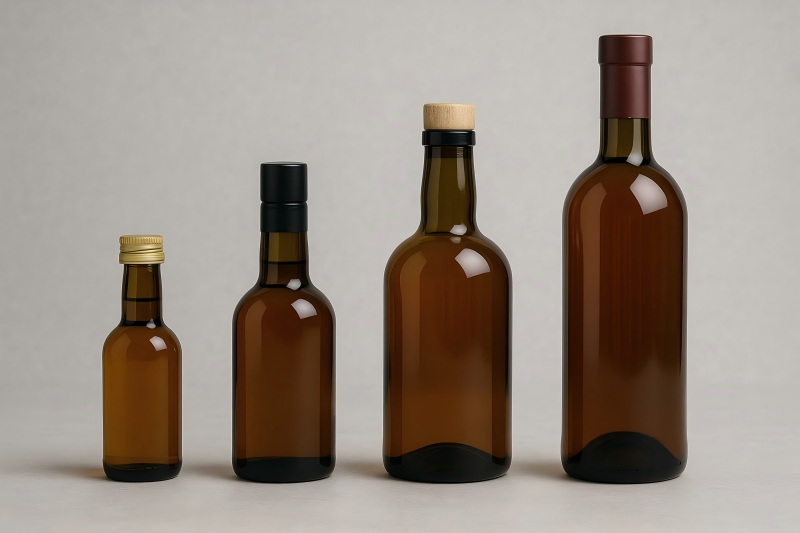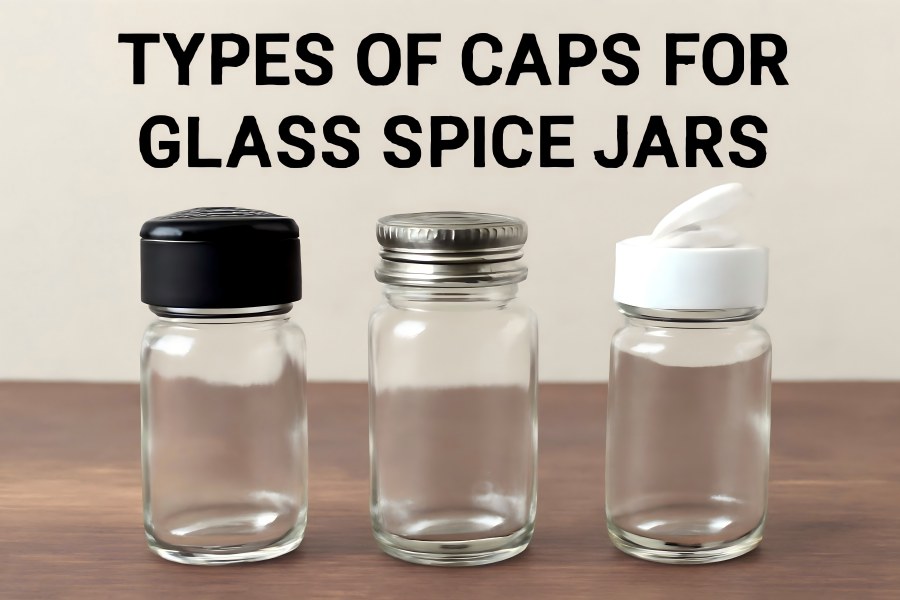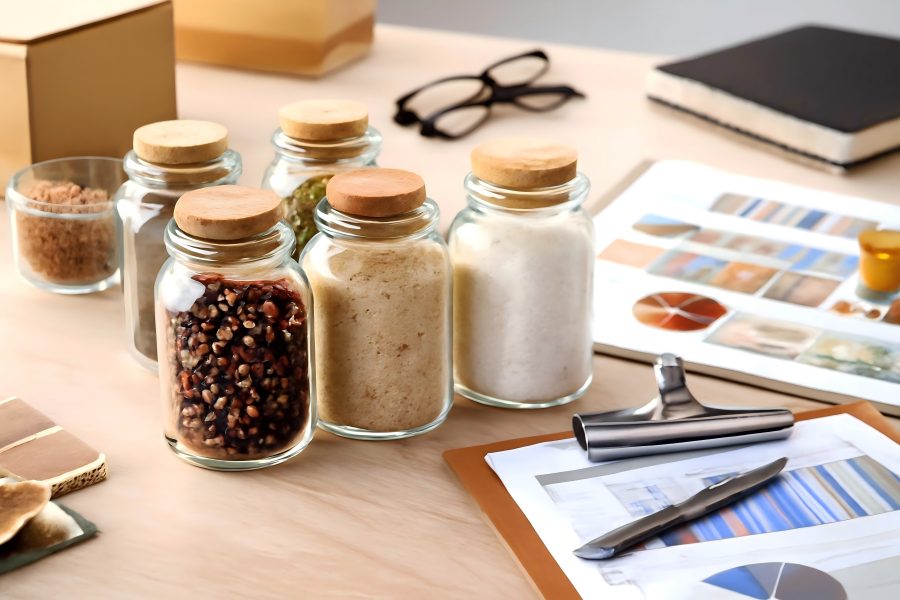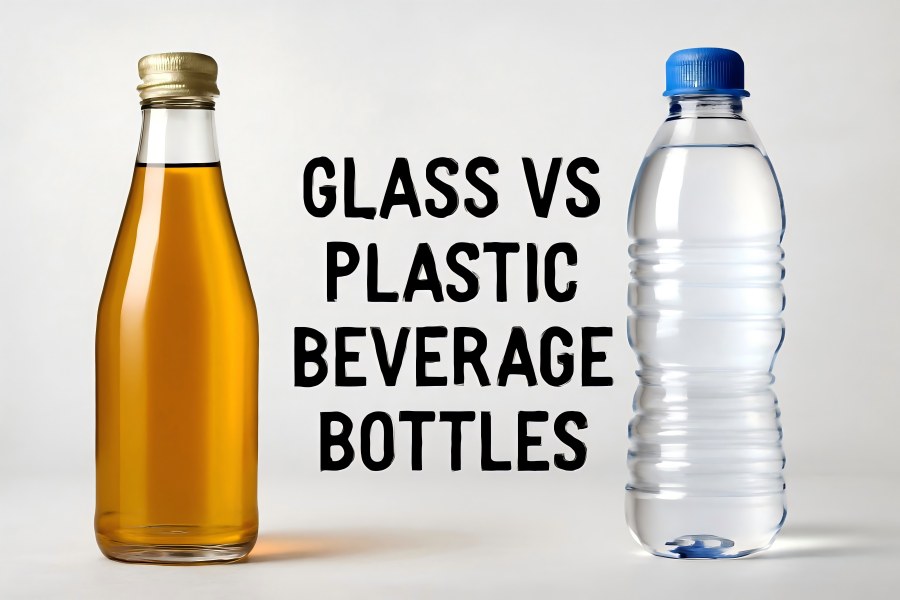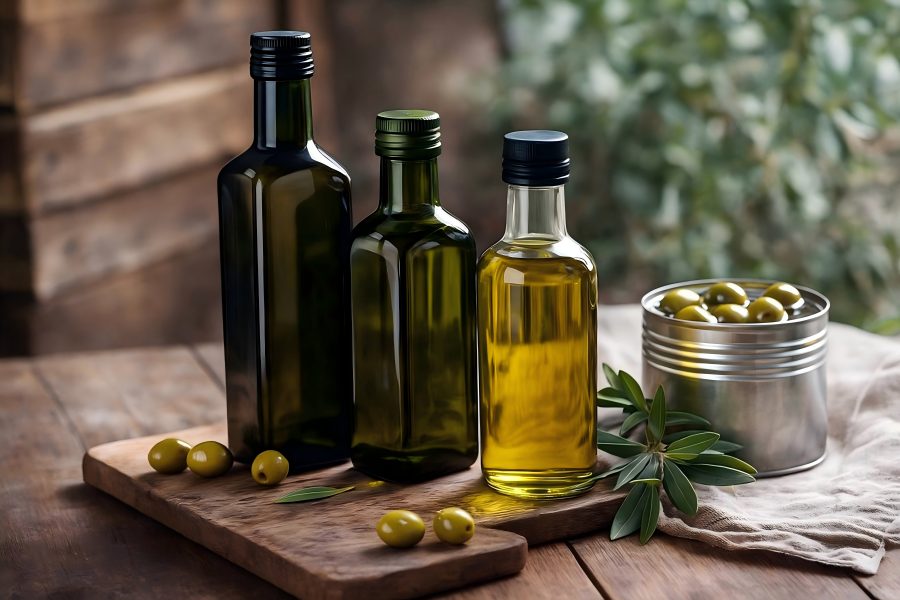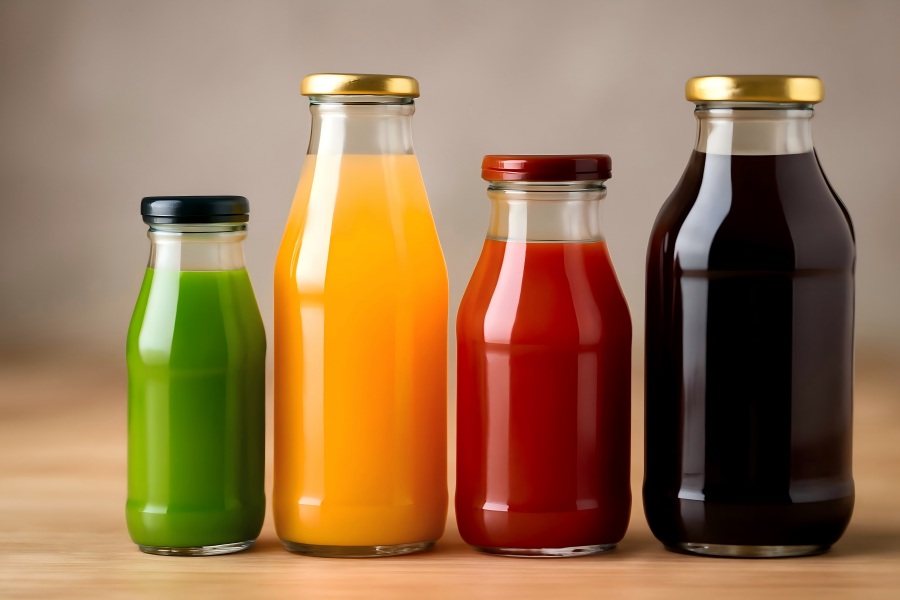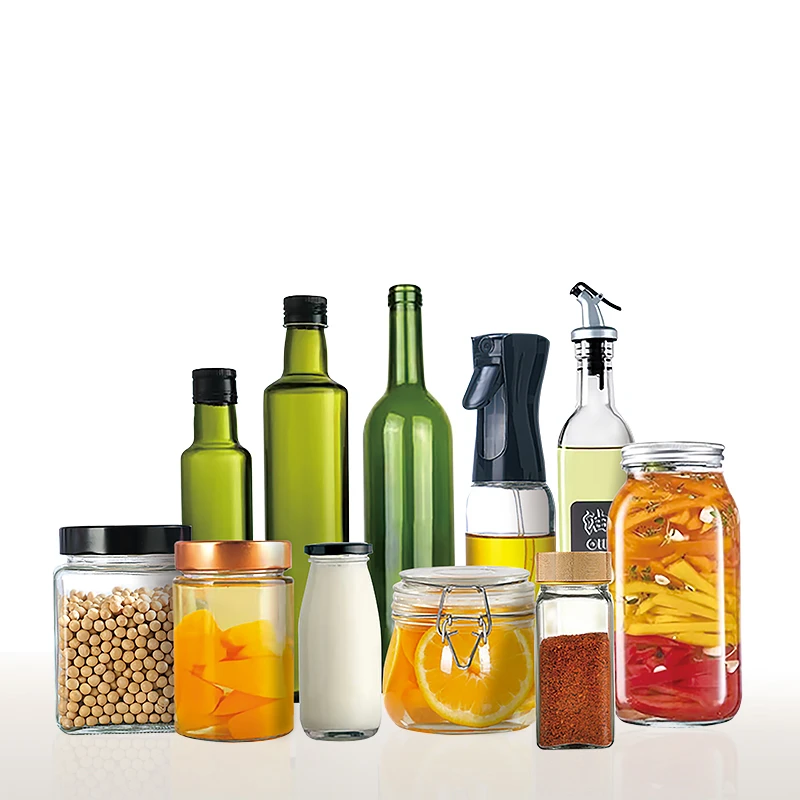Understanding Glass Spice Jar Capacities: From Mini Jars to Bulk Storage
Spices are essential to kitchens around the world, and their storage plays a bigger role than many realize. The way you store spices impacts not only freshness and aroma but also convenience, presentation, and even your brand identity if you’re in the food industry. Glass spice jars, in particular, have become the standard for home cooks, professional chefs, and spice suppliers because of their transparency, durability, and airtight sealing ability.
One key consideration when choosing spice jars is their storage capacity. From tiny jars that hold a pinch of saffron to bulk containers for commercial kitchens, understanding sizes ensures you choose the right jar for your purpose. This guide explores everything about glass spice jar capacities—from mini jars to bulk storage—helping both households and businesses make informed decisions.
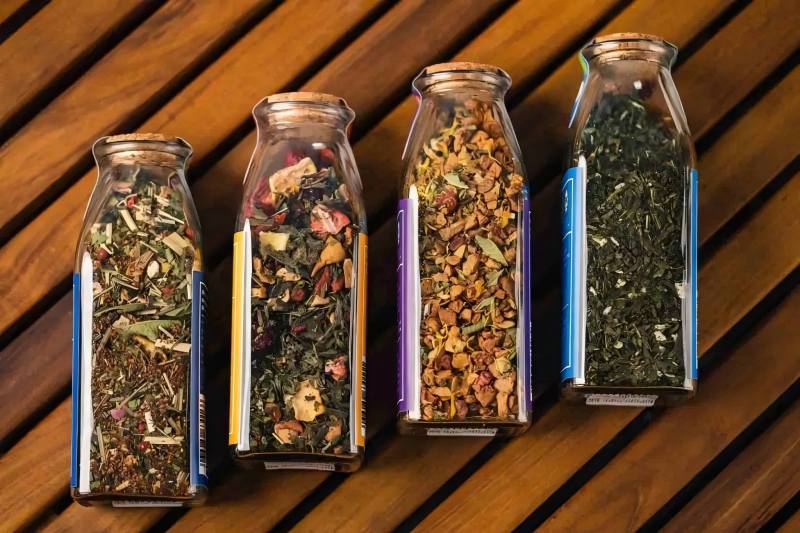
Why Capacity Matters in Spice Storage
Capacity determines how much spice a jar can hold, which affects freshness, shelf space, and usability.
Preserving Freshness
Spices gradually lose their flavor and strength. Smaller jars help minimize exposure to air and light, which prolongs shelf life.
Convenience in Use
Jars that match your usage rate prevent spices from sitting unused for months. A family may need a medium jar for everyday black pepper, while a restaurant may require bulk jars.
Aesthetic and Organization
Uniform jar sizes enhance visual appeal and help organize pantry shelves. Many brands also use standardized sizes to create cohesive packaging lines.
Economic and Environmental Considerations
Buying spices in bulk and refilling jars can reduce costs and packaging waste. Choosing the right jar sizes streamlines this process.
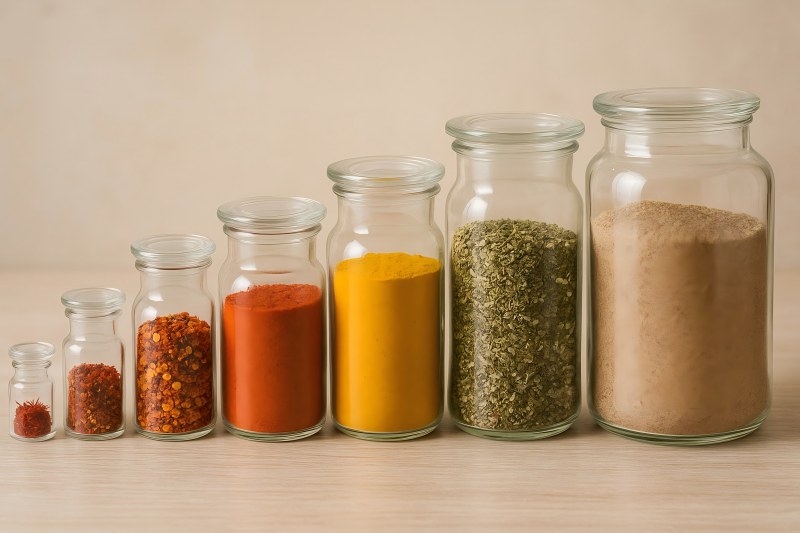
Common Glass Spice Jar Sizes
Glass spice jars come in a wide variety of capacities, usually measured in milliliters (ml) or ounces (oz). Here’s a breakdown of the most common sizes:
| Capacity (ml/oz) | Typical Use Case | Example Spices Stored |
| 15–30 ml (0.5–1 oz) | Mini jars for premium or rare spices | Saffron, truffle salt, vanilla powder |
| 60–90 ml (2–3 oz) | Small household jars | Paprika, chili flakes, cinnamon powder |
| 100–120 ml (3.5–4 oz) | Standard spice jar size | Black pepper, turmeric, cumin |
| 150–200 ml (5–7 oz) | Larger family use | Curry powder, mixed seasoning blends |
| 250–500 ml (8–16 oz) | Bulk household or small café use | Sea salt, dried herbs, garlic granules |
| 750 ml–1 L (25–34 oz) | Commercial kitchens and food service | Oregano, black sesame, spice blends |
| 1 L+ | Bulk storage or refills | All-purpose seasoning, chili powder, sugar |
Mini Glass Spice Jars (15–30 ml)
Mini jars are best for expensive, rare, or potent spices that are used in small amounts.
Advantages:
- Keeps delicate spices fresh.
- Prevents waste by limiting exposure to air.
- Portable and easy to package in spice gift sets.
Best For: Saffron threads, truffle-infused salts, dried lavender buds, or specialty blends.
These are often sold in gourmet shops or included in sample packs for customers to try new flavors without committing to larger quantities.
Small Household Jars (60–90 ml)
These are common in most kitchens. They fit neatly in spice racks or drawer organizers and provide enough spice for household use without taking up excessive space.
Advantages:
- Affordable and widely available.
- Perfect balance between freshness and usability.
- Compatible with shaker lids or grinders.
Best For: Everyday spices like paprika, cinnamon, oregano, and chili flakes.
Many spice brands use this size for retail packaging, making them the most recognizable jars in supermarkets.
Standard Jars (100–120 ml)
Considered the workhorse size, these jars are large enough for families that cook regularly.
Advantages:
- Holds enough quantity for frequent use.
- Often used by small-scale spice businesses for packaging.
- Fits easily on pantry shelves.
Best For: Black pepper, cumin, coriander, and turmeric for everyday cooking.
Restaurants also use this size on tabletops for customer self-service (salt, pepper, chili flakes).
Large Household and Café Jars (150–200 ml)
For larger households or small cafés that use spices frequently, these jars reduce the need for constant refilling.
Advantages:
- Ideal for bulkier spices or blends.
- Available with wider mouths for scooping.
- Keeps kitchen restocking minimal.
Best For: Curry powders, mixed seasonings, and dried herbs like basil or parsley.
Bulk Storage Jars (250 ml–1 L)
Bulk glass jars are crucial for restaurants, catering businesses, and food processors requiring efficient spice storage.
Advantages:
- Cost-efficient for large spice purchases.
- Allows staff to refill smaller jars easily.
- Airtight lids preserve freshness even in larger volumes.
Best For: Large quantities of chili powder, coarse sea salt, garlic granules, or spice rubs.
These jars often come with wide-mouth designs for scooping or pouring directly into recipes.
Oversized Jars (1 L+)
These are rarely used for day-to-day cooking but are excellent for storage and refilling purposes.
Advantages:
- Ideal for wholesale and commercial spice supply.
- Reduces packaging waste by consolidating spices into fewer jars.
- Best suited for kitchens with heavy spice usage.
Best For: Refill stock for restaurants, bakeries, and food manufacturers.
Choosing the Right Capacity: Household vs. Commercial Needs
Household Considerations
- Cooking Frequency: Occasional cooks benefit from smaller jars, while daily cooks may prefer standard or large jars.
- Pantry Space: Small kitchens may require uniform jars to maximize space efficiency.
- Freshness Priority: Smaller jars keep spices fresh longer, especially for infrequently used ones.
Commercial Kitchen Considerations
- Efficiency: Bulk jars reduce restocking time.
- Consistency: Large jars ensure that staff always have spices on hand.
- Safety & Compliance: Glass is favored in commercial kitchens for being non-reactive, hygienic, durable, and simple to sterilize.
Glass vs. Plastic Spice Storage
| Factor | Glass Jars | Plastic Jars |
| Freshness | Airtight and non-porous | May allow odor absorption |
| Durability | Breakable but long-lasting | Lightweight but can scratch or warp |
| Aesthetics | Premium, transparent, elegant | Often less visually appealing |
| Sustainability | Recyclable and reusable | Less eco-friendly |
| Cost | Higher upfront | Lower upfront |
Glass remains the preferred choice for both premium home use and professional settings due to its combination of elegance, hygiene, and sustainability.
Specialty Glass Spice Jar Designs
Capacity is not the only consideration—design also matters:
- Square Jars – Save space and provide a modern look.
- Round Jars – Classic design, easy to pour and clean.
- Hexagonal Jars – Popular for gift packaging, visually appealing.
- Wide-Mouth Jars – Useful for scooping larger spices like bay leaves.
- Grinder-Topped Jars – Combine storage and dispensing for peppercorns or rock salt.
Practical Tips for Managing Spice Jar Capacities
- Label Everything: Always note spice names and expiration dates on jars.
- Rotate Stock: Use older spices before refilling jars with new stock.
- Buy Bulk, Store Smart: Purchase large quantities for cost savings but divide them into smaller jars for freshness.
- Match Usage Rate: Keep larger jars only for spices used daily; choose smaller ones for occasional spices.
- Use Airtight Lids: A tight seal preserves flavor regardless of jar size.
Final Thoughts
Understanding spice jar capacities ensures that your kitchen—whether at home or in a restaurant—runs smoothly and efficiently. Mini jars preserve rare spices, standard jars handle everyday cooking, and bulk jars support commercial needs. Choosing wisely helps balance freshness, cost, and convenience while keeping your shelves organized and visually appealing.
Whether you’re a home cook seeking elegance in your spice rack or a professional chef managing bulk supplies, the right glass spice jar capacity makes all the difference.

